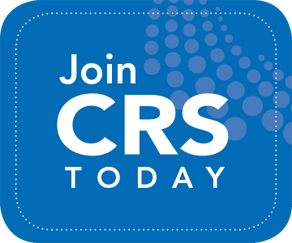- CRS Publications
- News
News
Authors:
Antoine de Saint-Exupéry was a French writer, poet, aristocrat, journalist, and aviator. He lived from 1900 to 1944. He came to mind as I considered the energies and inspired work noted in this issue’s interview with Prof. Ali Khademhosseini. Saint-Exupéry shared insightful and inspiring thoughts…
Authors:
The 44th CRS annual meeting was held in Boston, Massachusetts, the “City of Champions.” Like the five-time Super Bowl champions, the New England Patriots, Boston has always been a champion of pharmaceutical innovation. In fact, Bloomberg Business ranked Massachusetts the #1 state for innovation…
Authors:
Dear Reader,
Welcome again to the CRS Newsletter, which is packed with news and updates on science and our society; we have an update from the New Zealand Chapter and on the 2017 CRS Annual Meeting in Boston—this looks to be a very exciting meeting. We also have an interesting interview with Terry…
Authors:
David Grainger presents on how to write a good research paper.In June 2016, the New Zealand Local Chapter of the Controlled Release Society (CRS) hosted David W. Grainger (University of Utah, U.S.A.) for an educational workshop at the Faculty of Medical and Health Sciences, University of Auckland.…
Special Issue on Ocular Drug Delivery
The issue contains articles by recognized global experts and researchers in the field of ophthalmic drug delivery, covering a broad spectrum of drug delivery topics including current challenges faced with regard to the ocular barriers presented and…
Authors:
Introduction
Long-acting injectable (LAI) (pro)drug nano-/microsuspensions—aqueous dispersions of pure (pro)drug nano-/microcrystals—have shown potential as a drug delivery strategy over the past decade and are now recognized as an attractive formulation option for poorly water-soluble drug…


